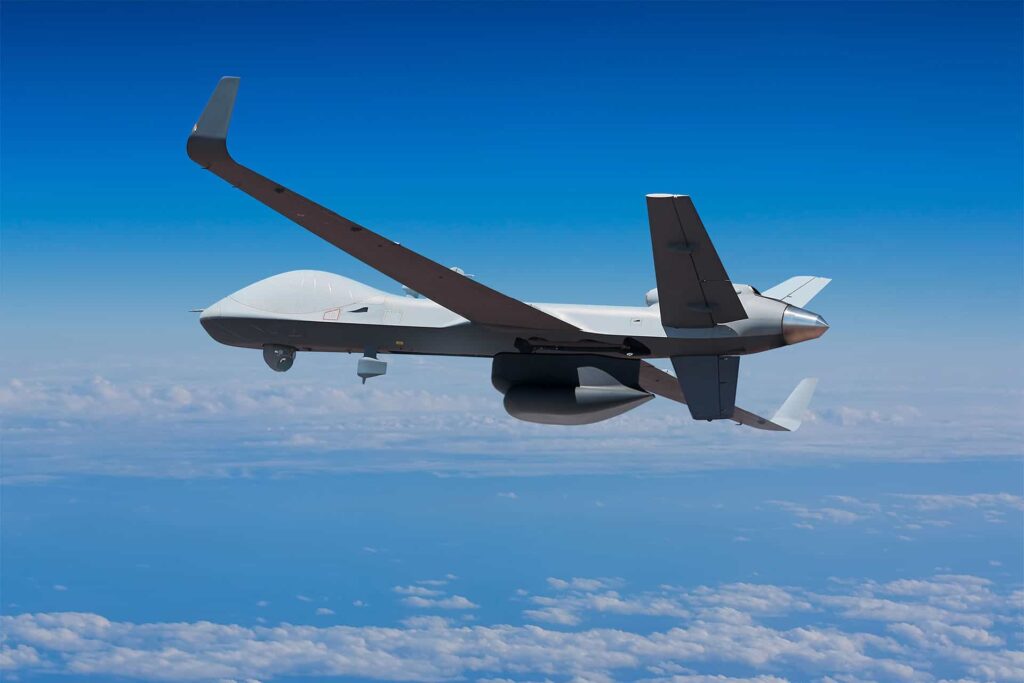



General Atomics Aeronautical Systems, Inc. (GA-ASI) has begun a series of test flights in Japan’s Aomori Prefecture with the company’s SeaGuardian unmanned aerial system (UAS), which is being provided to the Japan Coast Guard (JCG). The flights are being conducted in partnership with Asia Air Survey (AAS).
The SeaGuardian flights will validate the wide-area maritime surveillance capabilities of the platform, and its suitability for carrying out JCG’s missions, which include search and rescue and maritime law enforcement. These flights follow successful “legacy” MQ-9 maritime patrol demonstrations in the Korea Strait in 2018 and the Aegean Sea in 2019. SeaGuardian is a special maritime configuration of the MQ-9, capable of all-weather operations in civil national and international airspace. The unmanned aircraft is compliant with STANAG-4671 (NATO airworthiness standard for UAVs).
The SeaGuardian carries a multi-mode maritime surface-search radar with Inverse Synthetic Aperture Radar (ISAR) imaging mode, an Automatic Identification System (AIS) receiver, and a High-Definition Full-Motion Video sensor equipped with optical and infrared cameras. This sensor suite, augmented by automatic track correlation and anomaly-detection algorithms, enables real-time detection and identification of surface vessels over thousands of square nautical miles.
Linden Blue, CEO of GA-ASI, commented: “We appreciate Asia Air Survey’s support in demonstrating how the MQ-9B SeaGuardian RPAS can provide affordable, long-endurance airborne surveillance of Japan’s maritime domain. The system’s ability to correlate multiple sensor feeds and identify vessel anomalies provides effective, persistent maritime situational awareness.”





Related Posts
New Drone Fires Thales Missile in Unmanned Air Combat Milestone
UAS Startup Accelerator Awards 3M in Funding
US Navy Orders Unmanned Tactical Resupply Aircraft